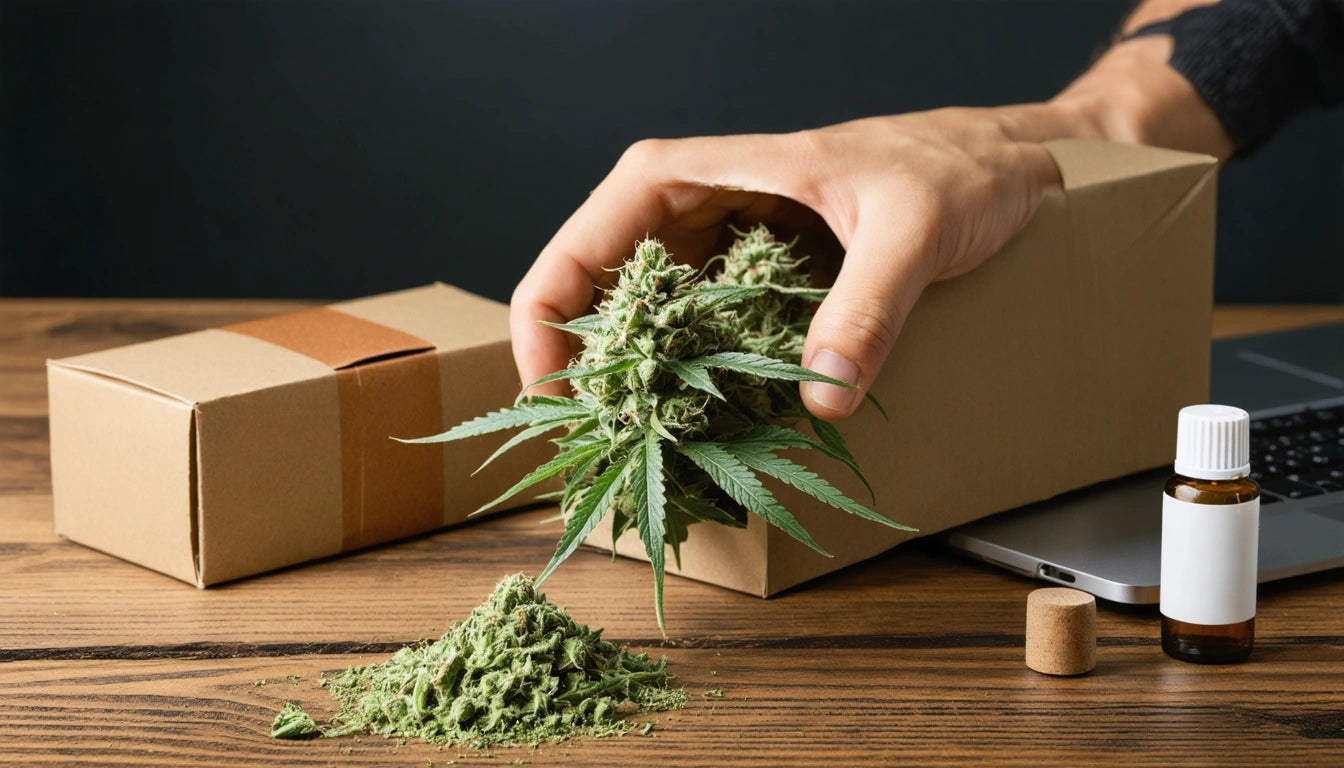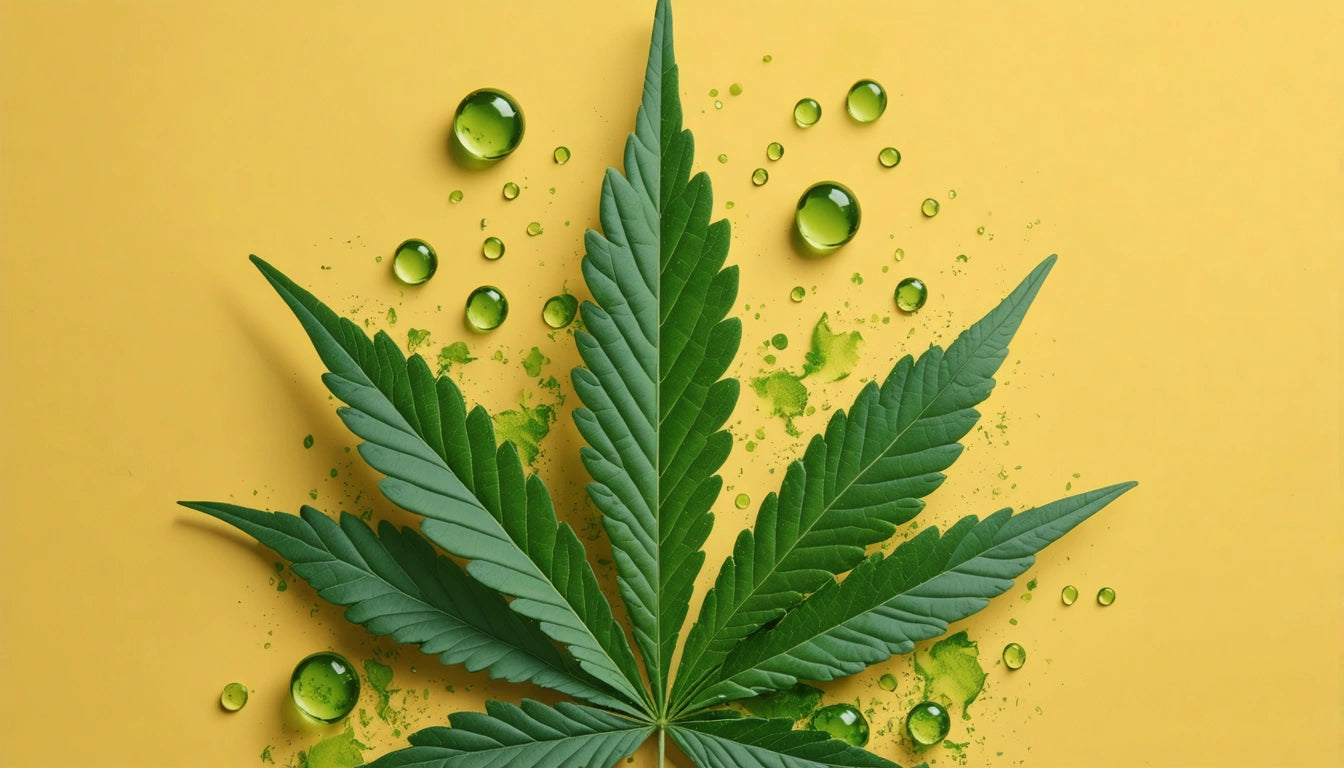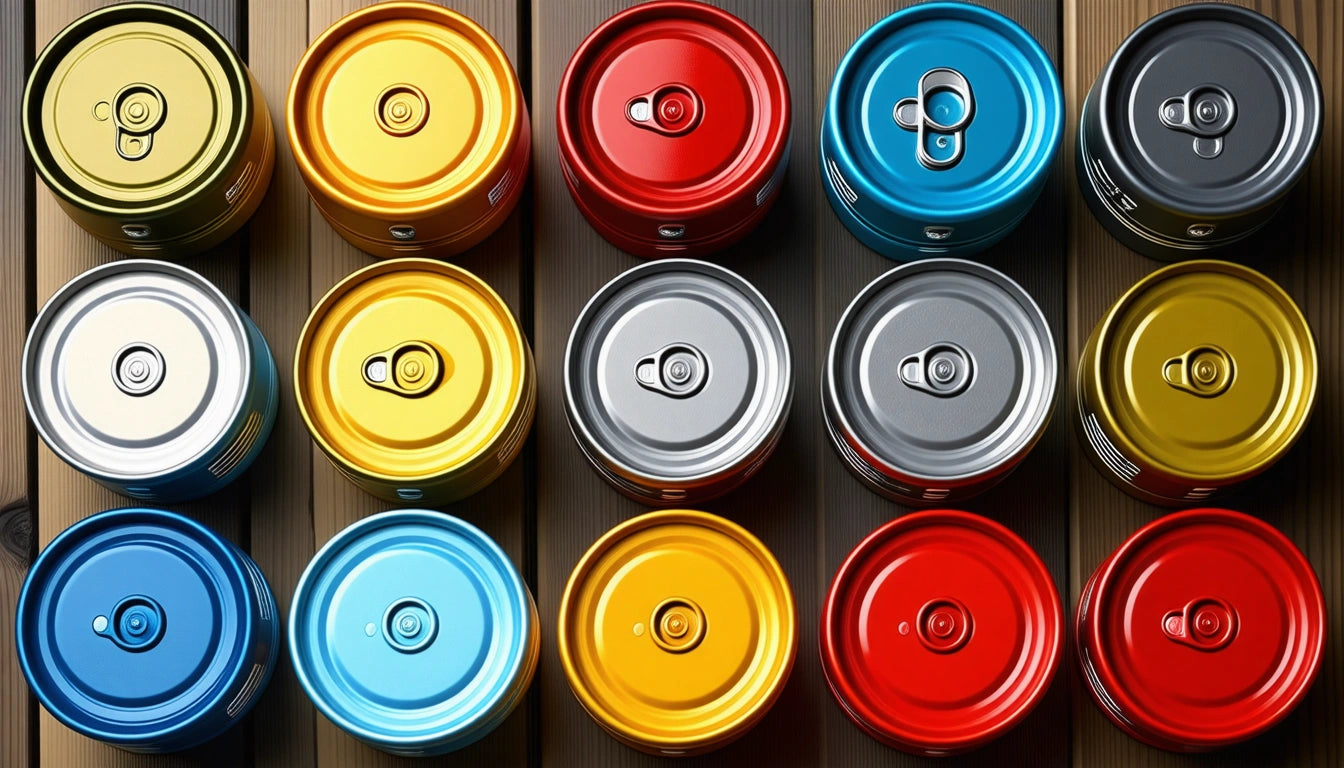Table of Contents
- Regulatory Differences Between Delta-9 and CBD Packaging
- Child-Resistant Requirements for Delta-9 Products
- Labeling Distinctions for Delta-9 vs CBD Products
- Material Considerations for Different Cannabinoid Products
- State-Specific Regulations Affecting Delta-9 Packaging
- Packaging Innovations Addressing Delta-9 Requirements
Why Delta-9 Requires Different Packaging from CBD
The distinctions between Delta-9 THC and CBD extend far beyond their chemical structures and effects. These differences translate directly into packaging requirements, with Delta-9 products facing more stringent regulations due to their psychoactive properties. Understanding these packaging variations is crucial for manufacturers and retailers to maintain compliance while effectively marketing their products.
Regulatory Differences Between Delta-9 and CBD Packaging
Delta-9 THC products are subject to more comprehensive packaging regulations than CBD products primarily because of their psychoactive effects. While CBD packaging must follow FDA guidelines and state-specific hemp rules, Delta-9 packaging must adhere to additional cannabis regulations that vary significantly by state.
According to packaging experts, Delta-9 products require warning statements about intoxication potential, whereas CBD products typically need only to avoid making medical claims. This fundamental difference drives many of the subsequent packaging variations.
Child-Resistant Requirements for Delta-9 Products
Child-resistant packaging is perhaps the most significant distinction between Delta-9 and CBD packaging requirements. While some states require child-resistant packaging for all cannabinoid products, the requirements are universally stricter for Delta-9 THC products.
For example, Delta-9 gummies packaging must meet CPSC standards for child resistance in virtually all legal markets. These requirements often include special closures, multi-step opening mechanisms, or specialized materials that make packages difficult for children to access.
For manufacturers scaling up production, investing in automated filling equipment for consistent packaging helps ensure that child-resistant features function properly while maintaining production efficiency.
Common Child-Resistant Features for Delta-9 Products
- Push-and-turn caps for tinctures and bottles
- Squeeze-and-pull mechanisms for pouches
- Slide-lock containers for edibles
- Certified blister packs for single-dose products
Labeling Distinctions for Delta-9 vs CBD Products
Labeling requirements represent another major difference between Delta-9 and CBD packaging. Delta-9 products typically require more comprehensive warning statements, dosage information, and state-specific language.
A compliance breakdown shows that Delta-9 labels must include:
- Clear indication of THC content (often in milligrams per serving and total package)
- Warnings about intoxication effects
- Statements regarding operating machinery or vehicles
- Pregnancy warnings
- Keep away from children warnings
CBD products, while still regulated, typically have less stringent requirements focused primarily on avoiding unsubstantiated medical claims and accurately listing CBD content.
Material Considerations for Different Cannabinoid Products
Beyond regulatory requirements, the inherent properties of Delta-9 THC products often necessitate different packaging materials than CBD products. Delta-9 THC is more sensitive to degradation from light, heat, and oxygen exposure, requiring packaging that offers superior protection.
For instance, Delta-9 vape products often require specialized packaging that addresses both safety concerns and product stability. This may include UV-resistant materials, oxygen barriers, and tamper-evident features not always necessary for CBD vapes.
State-Specific Regulations Affecting Delta-9 Packaging
The regulatory landscape for Delta-9 packaging varies dramatically by state, creating challenges for brands operating across multiple markets. While CBD enjoys relatively consistent federal guidelines under the Farm Bill, Delta-9 packaging must adapt to each state's unique requirements.
State packaging laws for Delta-9 can differ in:
- Required symbols and universal THC indicators
- Specific warning language
- Font sizes and visibility requirements
- Restrictions on imagery or design elements
- Testing information display requirements
This state-by-state variation often necessitates either market-specific packaging or modular label systems that can be customized for different jurisdictions.
Packaging Innovations Addressing Delta-9 Requirements
The cannabis industry continues to develop innovative packaging solutions that address the unique requirements of Delta-9 products while maintaining brand identity and consumer appeal. These innovations bridge the gap between strict compliance and effective marketing.
Some brands are moving toward minimalist packaging designs that elegantly incorporate required elements while maintaining a premium feel. Others are exploring sustainable materials that still meet child-resistance standards, addressing consumer demand for environmentally responsible options.
As the market matures, expect to see continued evolution in Delta-9 packaging that balances regulatory compliance, product protection, and brand differentiation in ways that separate these products from their CBD counterparts.











Leave a comment
All comments are moderated before being published.
This site is protected by hCaptcha and the hCaptcha Privacy Policy and Terms of Service apply.